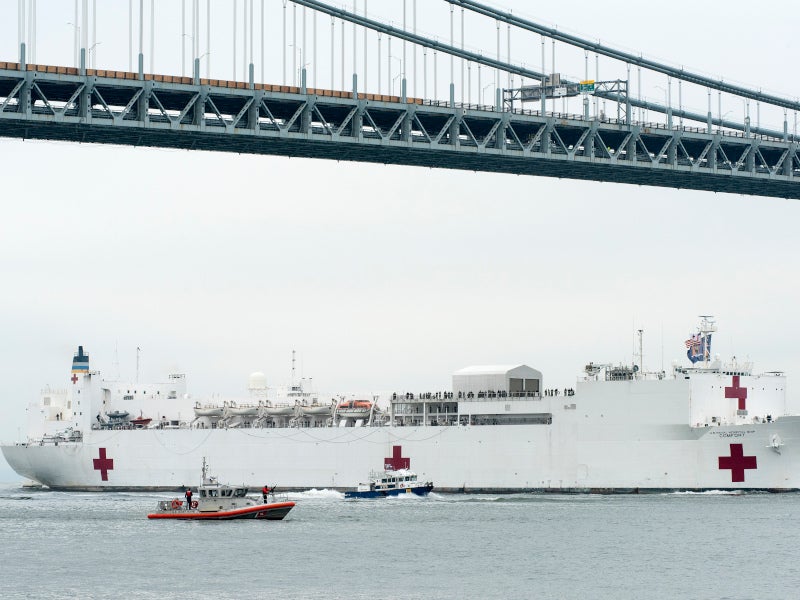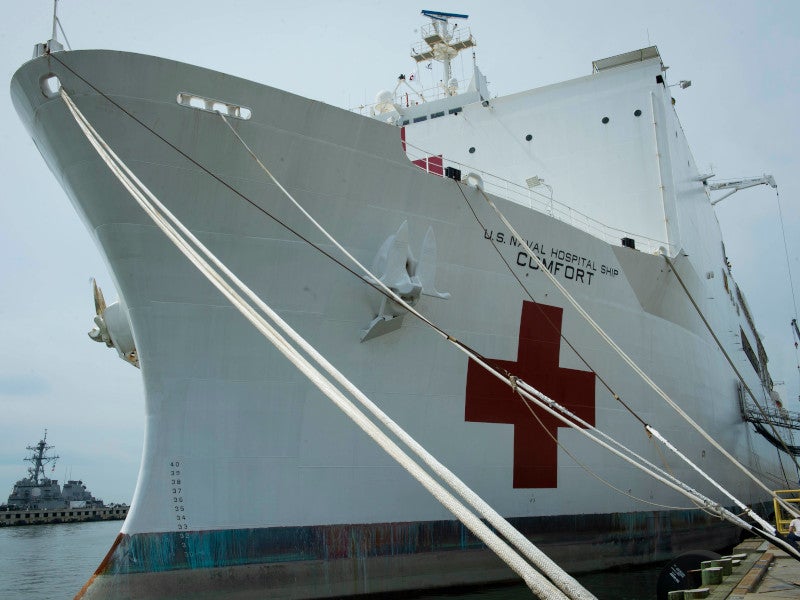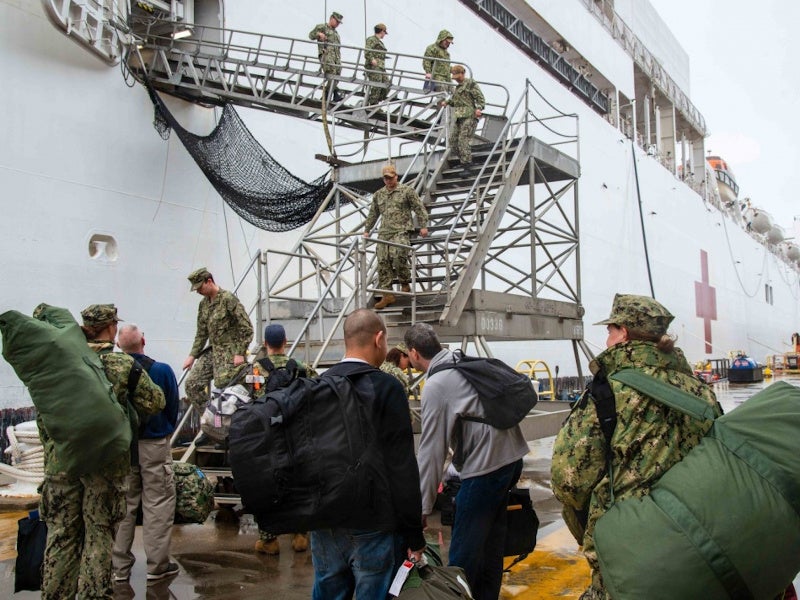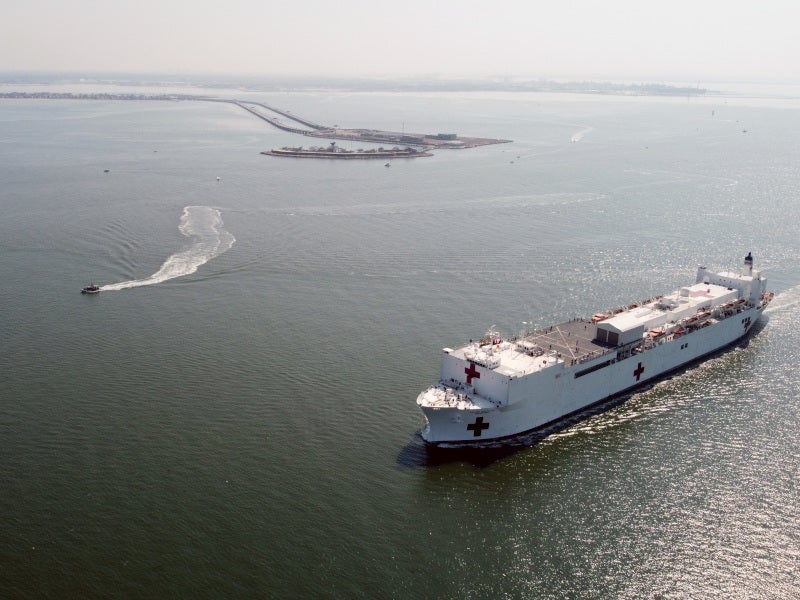The Mercy-class hospital ships are operated by the US Navy to offer emergency, on-site care to its units. The ships also provide support for humanitarian assistance and disaster relief missions worldwide.
The Mercy-class has two hospital ships, USNS Mercy (T-AH 19) and USNS Comfort (T-AH 20).
The vessels provide health services support as directed by the Secretary of Defense to meet the Combatant Commander requirements and the US National Security Strategy.
The hospital ships mainly increase the chances of survival during combat scenarios, offer an unparalleled platform for cooperative health exchange and maintain readiness for supporting combat missions.
Mercy-class hospital ships development
Mercy-class hospital ships are converted San Clemente-class supertankers of the US Navy. The oil tankers were built by National Steel and Shipbuilding Company.
The two ships replaced the Haven-class hospital ships. The USNS Mercy entered service in November 1986, while the USNS Comfort was commissioned in December 1987.
USNS Mercy is assigned to the US Pacific Fleet, while USNS Comfort is assigned to the US Fleet Forces Command.
Mercy-class missions
In March 2020, USNS Comfort and USNS Mercy arrived at New York and Los Angeles respectively to support the country’s Covid-19 response efforts.
The ships served as referral hospitals for non-Covid-19 patients who were admitted to the shore-based hospitals. They operate with over 1,200 personnel, including navy medical and support staff for 24 hours.
USNS Mercy participated in three 150-day deployments, Pacific Partnership 2015, 2016 and 2018.
USNS Comfort was deployed in support of Operation Continuing Promise 2015 for a period of 180 days.
The ship offered support to relief operations in Puerto Rico for Hurricane Maria in 2017. It also participated in the Enduring Promise 2018 mission in South and Central America.
Design and features of Mercy-class ship
The Mercy-class hospital ships are designed to provide an afloat, mobile, acute surgical medical facility to the US Navy. Each ship is managed by the Military Sealift Command (MSC).
The hospital ship features a double hull bottom for increased safety. The vessel incorporates a bulbous bow and an enlarged deckhouse with a forward bridge.
It has a length of 272.6m, a breadth of 32m and a draft of 10m. The maximum displacement of the ship is 69,360t. The vessel features an aft CIVMAR galley and a forward hospital galley.
The ship accommodates 12 fully equipped operating rooms and 1,000 beds, of which 88 are dedicated for intensive care. Patient transfers to / from the ship are performed by helicopter, small boat and pier-side embarkings /disembarkings.
71 civilians and more than 1,200 navy medical and communications staff work on the vessel. The ship has a flight deck, which can handle a single helicopter such as H-60. A temporary helicopter shelter on board the ship can accommodate two rotorcraft. The ship has side ports to receive patients at sea.
The Mercy-class ships provide a range of services to the military personnel, including surgical, optical, dental, X-ray, full laboratory and pharmacy. Each ship also features 50 casualty receiving stations, one angiography suite and two oxygen generation plants.
Mercy-class tank capacities
The ship has the capacity to hold 42,000 barrels of DFM/F76 ship fuel and 90,000 gallons of JP-5/F44 helo fuel. It also has the capacity to hold 300,000 gallons of potable water a day.
Propulsion
The propulsion system of the hospital ships includes two GE turbines and two Foster Wheeler steam boilers. It develops a maximum power output of 18.2MW.
The ship has a cruise at a speed of 17.5k and can attain a range of 13,420nm.











